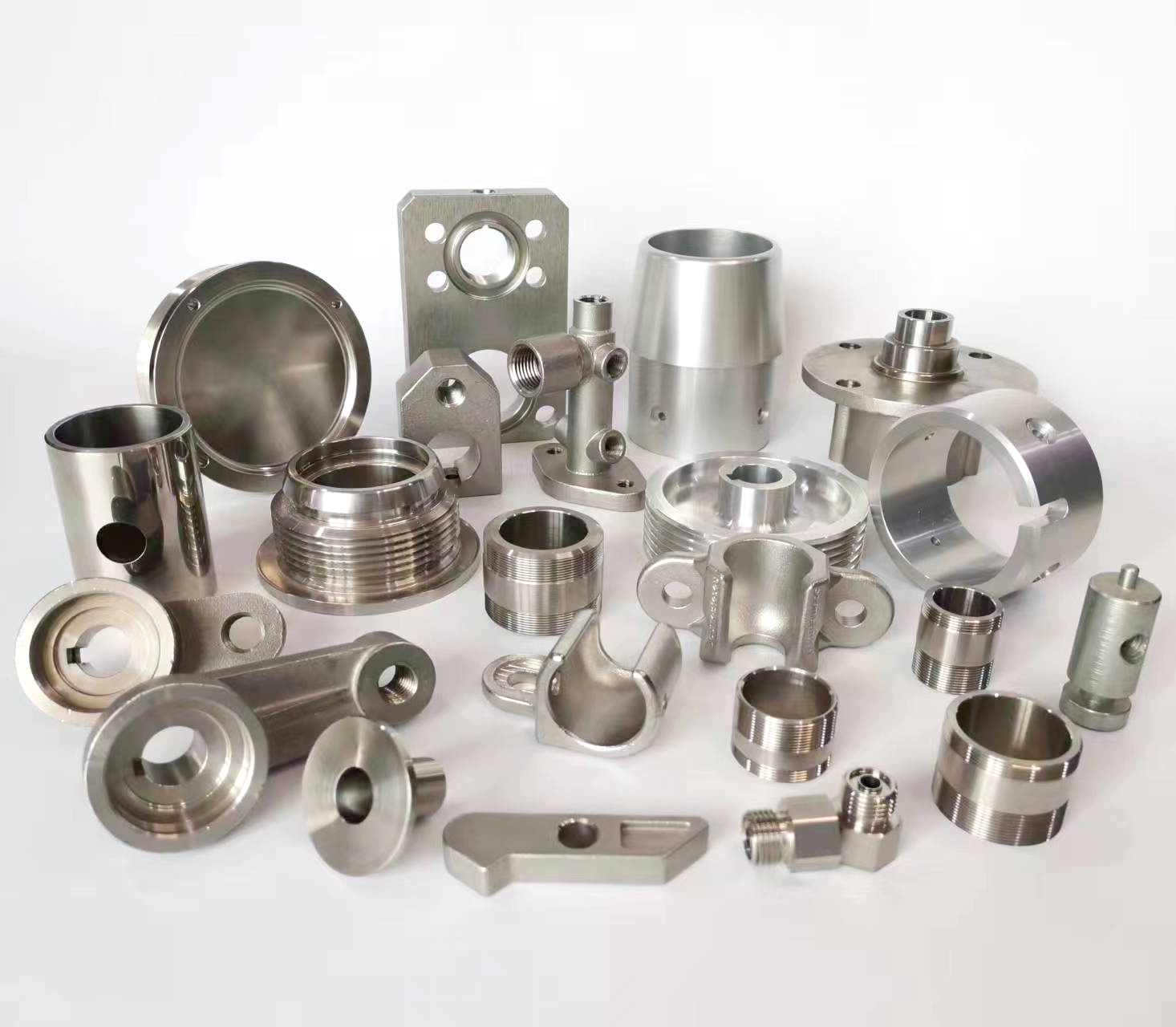
Copper is available in different types, and each of these types are best suited for different applications. The properties and applications of each grade of copper depends on the purity of the copper and what alloying elements (if any) are included. Listed below are the different types of copper:
1. Copper Wire
Copper wire takes advantage of the metal’s excellent electrical conductivity. It is the most common conductor for most electrical applications. It is used for large currents in industry, and also for domestic use, right down to the wiring within a home for outlets and lights.
2. Copper Tubing
Copper tubing has been widely used for domestic drinking water systems due to its corrosion resistance and therefore its longevity. Over the past few decades, it has been the standard in most of the world to use copper tubing for household plumbing. The tubes are available in different diameters and gauges (wall thicknesses). The high cost of copper and the emergence of improved plastic tubing materials means copper is becoming less frequently selected.
3. Copper Alloys
The two most common copper alloys are brass (alloyed with zinc) and bronze (alloyed with tin). Brass is popular because it’s great for plumbing fixtures, musical instruments, and decorative items. The addition of zinc gives the alloy a higher strength and ductility. Bronze has very similar characteristics to copper, such as: its high thermal conductivity, excellent ductility, and resistance to saltwater corrosion. Bronze is therefore used for bearings and bushings, as well as ship impellers.
4. Pure Coppers
Pure copper is specifically prepared to ensure a minimum of impurities, maximizing the thermal and electrical properties of copper. Pure copper tends to be softer and less tough than copper with additives or minor alloying materials. It is ideally used in precision electrical components, for which its electrical conductivity and low thermal expansion are ideal.
5. Copper Nanoparticles
These are very small particles of copper, or copper-based materials, that are anywhere from 1–100 nm in size. These nanoparticles behave differently than bulk materials. In the case of copper nanoparticles, they show very high catalytic activity for industrial chemical reactions, likely due to their large surface-area-to-volume ratio. Further, copper nanoparticles have shown excellent antimicrobial effects.
6. Free-Machining Coppers
Free-machining coppers have minor amounts (<1%) of other alloying elements added to improve the machinability of the copper. Free-machining copper can then be more easily machined into items such as welding nozzles and soldering iron tips.
7. Copper Sheets and Plates
Copper sheets are thin sheets of copper (about 2 mm or less), while plates are thicker (up to 12 mm thick). Generally, these are available in different copper grades. The sheets are highly malleable and can be formed into different components.
8. Oxygen-Free Coppers
These are the purest coppers available, having very minimal impurities thanks to their non-oxidizing conditions. They are melted under a granulated graphite bath which gets rid of the oxygen. Its high electrical conductivity and low volatile impurities make it suitable for use in high-vacuum electronics.
9. Electrolytic Coppers
To remove impurities, electrolytic coppers are put in a solution and refined by electrolysis. This high-purity grade of copper has high electrical conductivity and therefore is employed in various electrical components such as bus bars and windings.





